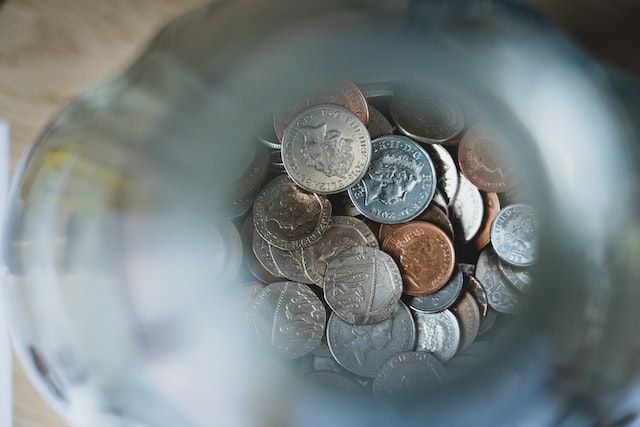Introduction
Savings accounts are an essential part of personal finance, and they offer a safe and convenient way to store your money. However, not all savings accounts are created equal, and some may offer higher interest rates than others. This is where high-yield savings accounts come in. These accounts typically offer higher interest rates than traditional savings accounts, making them a popular choice for individuals looking to grow their savings. But is it worth switching to a high-yield savings account? In this article, we’ll explore the benefits of high-yield savings accounts and provide a comprehensive guide to help you decide if it’s the right choice for you.
Reason #1: Higher Interest Rates
One of the main benefits of high-yield savings accounts is that they offer higher interest rates than traditional savings accounts. This means that you can earn more money on the money you save. Here are a few things to consider when comparing interest rates:
- Traditional savings accounts usually offer interest rates of 0.01% to 0.10%.
- High-yield savings accounts typically offer interest rates of 0.50% to 1.00% or more.
- Some online banks and credit unions offer even higher interest rates.
Reason #2: FDIC Insurance
Like traditional savings accounts, high-yield savings accounts are typically FDIC-insured. This means that your money is protected up to $250,000 per account if the bank fails. FDIC insurance is an important factor to consider when choosing a savings account, as it provides an extra layer of protection for your money.
Reason #3: Convenience
Many high-yield savings accounts are offered by online banks, which can make them more convenient than traditional savings accounts. With an online account, you can manage your savings from anywhere, and you may be able to take advantage of features like mobile banking, online bill pay, and more.
Reason #4: Fees
High-yield savings accounts may have different fees than traditional savings accounts, so it’s important to read the fine print before opening an account. Some common fees to watch out for include:
- Monthly maintenance fees
- Minimum balance fees
- ATM fees
- Overdraft fees
FAQs:
Q: Are high-yield savings accounts safe? A: Yes, high-yield savings accounts are typically FDIC-insured, which means that your money is protected up to $250,000 per account if the bank fails.
Q: How do high-yield savings accounts differ from traditional savings accounts? A: High-yield savings accounts typically offer higher interest rates than traditional savings accounts, and they may have different fees and be offered by online banks.
Q: Is it worth switching to a high-yield savings account? A: It depends on your financial goals and needs. If you’re looking to earn more interest on your savings, a high-yield savings account may be a good choice. However, if you value in-person banking and don’t mind lower interest rates, a traditional savings account may be a better fit.
Conclusion:
High-yield savings accounts offer a variety of benefits, including higher interest rates, FDIC insurance, convenience, and potentially lower fees. However, whether or not it’s worth switching to a high-yield savings account depends on your individual financial situation. Consider your goals, needs, and preferences, and do your research to find the best savings account for you.




